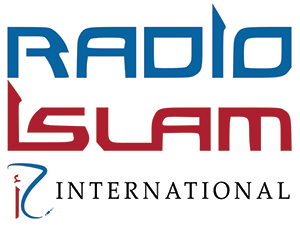Poverty, in the simplest sense of the word, is a state where one lacks access to basic needs such as food, clothing and shelter. It is also used to describe a person whose living conditions prevent them from being able to acquire education, seek medical help, secure a stable job, and participate in recreational activities due to a lack of money.
Poverty is not just about money, though. It is a bigger conversation about marginalization, exclusion, and domestic and international economic indicators.
What is the definition of poverty?
Essentially, poverty refers to lacking enough resources to provide the necessities of life—food, clean water, shelter and clothing. But in today’s world, that can be extended to include access to health care, education and even transportation. In government circles, poverty is often further defined as “absolute poverty” and “relative poverty”.
Every country has its own measure for poverty. However, a widely recognized authority on the topic of “extreme poverty” is the World Bank. The Bank keeps a metric called the International Poverty Line and, as of 2015, set the definition of extreme poverty as those who live on less than US$1.90 per day. (Those living on $1.90 – $3.10 per day are classified as the “moderate poor.”) This number is based on the monetary value of a person’s consumption rather than income alone.
What is the difference between absolute poverty and relative poverty?
Absolute poverty refers to those whose incomes fall below a line set by a given country. Below this line people are unable to meet their basic needs for food, water and shelter. They also have no access to social services such as health care, education and utilities.
Relative poverty refers to people whose total incomes are less than a certain percentage—typically 50%–of the country’s median income. Because the median income can vary as a result of economic growth, the line for relative poverty can change. When poverty is defined to include access to services and security critical to well-being—and not just income and consumption—the global poverty rate increases by 50%.
Is poverty only about money?
No. Common perceptions of poverty consider income and consumption alone. However, there are significant approaches that say other factors must be included. This is because money doesn’t tell the whole story. (Typically, when the poor describe their poverty they do so in ways that go beyond simply not having enough money.) Examples of such approaches include the Multidimensional Poverty Index (MPI) and the Human Development Index (HDI).
What is multidimensional poverty?
Multidimensional poverty acknowledges that poverty isn’t always about income. Sometimes a person’s income might be above the poverty line, but their family has no electricity, no access to a proper toilet, no clean drinking water, and no one in the family has completed six years of school.
Within the categories of health, education, and living standards, there are 10 key indicators of multidimensional poverty that include:
· nutrition
· child mortality
· years of schooling
·school attendance
·cooking fuel
·sanitation
·drinking water
·electricity
·housing
·assets
If a person is experiencing deprivation in three or more of these standards, then they’re multi-dimensionally poor.





0 Comments